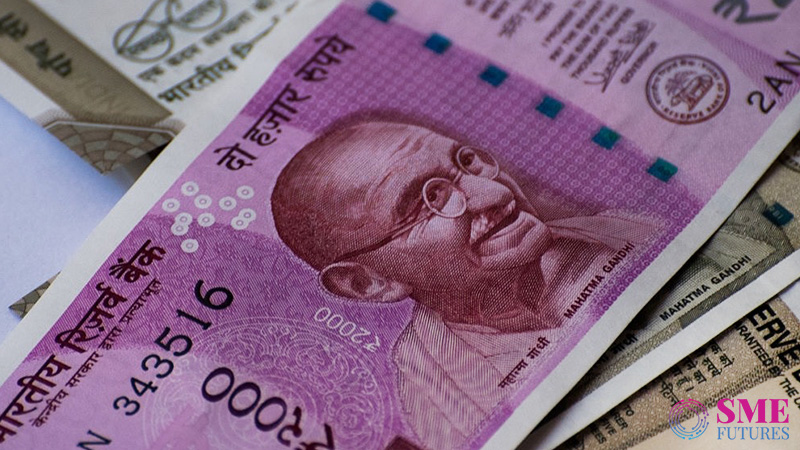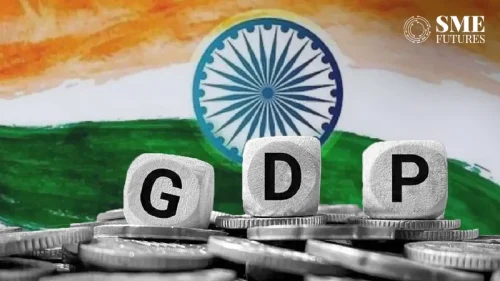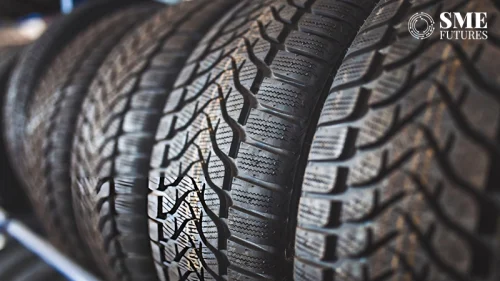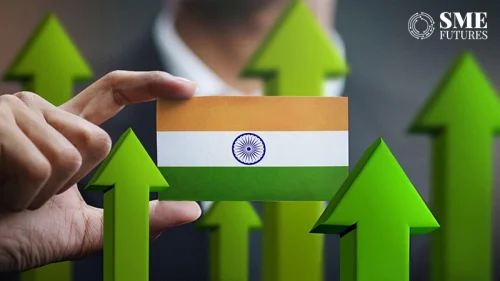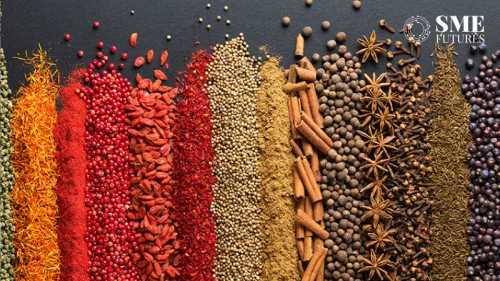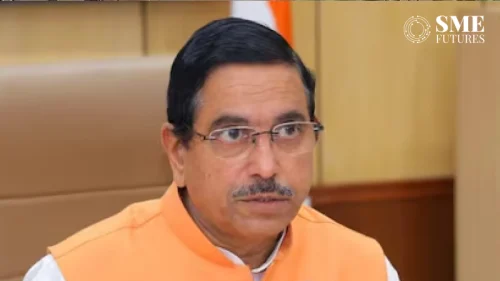While there is some evidence of the economic recovery becoming broad-based in the third quarter of fiscal 2022, according to rating agency ICRA, it has yet to achieve the durability sought by the Monetary Policy Committee (MPC) as a precursor to policy transmission.
The agency anticipates that real GDP will grow by 6-6.5 percent year on year in the third quarter of FY2022 (+8.4 percent in the second quarter of FY2022). It also expects the RBI to maintain the status quo at the upcoming monetary policy review in February.
According to Aditi Nayar, its Chief Economist, economic activity rebounded in December 2021, even though many sectors continued to lag behind the performance recorded in October 2021.
When compared to respective pre-COVID-19 volumes, the quarterly data suggests a modest broadening of the recovery in Q3 FY2022, relative to Q2 FY2022.
“However, the onset of the third wave of COVID-19 has triggered state-wise restrictions, which have expectedly interrupted the momentum in the ongoing month, reiterating that the recovery is yet to attain durability,” Nayar said in a report.
The agency said the Y-o-Y performance of 10 of the 15 high-frequency indicators improved in December 2021 compared to November 2021. These include generation of GST e-way bills, non-oil merchandise exports, electricity generation, two-wheeler output as well as aggregate deposits and non-food credit of scheduled commercial banks.
The report further said the Y-o-Y performance of nine of the 15 high-frequency indicators in December 2021 trailed the growth seen in October 2021.
FASTag toll collections and retail payments rose to all-time highs in December 2021, while the monthly mobility for retail and recreation rose above the level of baseline period for the first time since the onset of COVID-19, it said.
Nayar further said that following the re-imposition of state-wise restrictions to curb the third wave of COVID-19, the early data for January 2022 is expectedly weak.
The daily average generation of the GST e-way bills dipped to 2.1 million during January 1-16, 2022, from 2.3 million in December 2021. After a y-o-y growth in December 2021, the sales of petrol and diesel of state refiners slipped back to a contraction in the first half of January 2022. Even, the y-o-y growth in electricity demand eased to 1.9 per cent during January 1-16, 2022, from 2.8 per cent in December 2021, she said.
The agency said that with the fresh uncertainty triggered by Omicron and the associated restrictions, it expects a status quo on the stance of the monetary policy as well as the reverse repo rate in the upcoming RBI policy meeting, in spite of the rise in the retail inflation in December 2021.
The Consumer Price Index (CPI) accelerated to a six-month high of 5.59 per cent in December 2021, close to the RBI’s upper tolerance band of six per cent.

